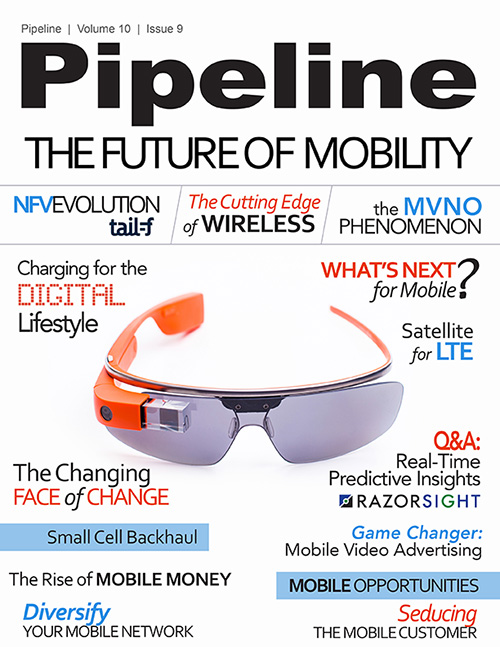What's Next for Mobile?
Why Not Think Big?
In emerging markets, many wrongly assume that CSPs will skip over 2G and 3G deployments and go right to all-IP LTE installations. In theory they could, but in reality there are some powerful forces that will prevent that. First and foremost is that governments of all kinds like to make money. Governments aren’t going to skip licensing (and charging for) 2G and 3G spectrum in favor of 4G/LTE just because that’s where the technology is headed.
Secondly, and more practically, is that the majority of the population in emerging markets cannot afford a smart phone. Currently less than 25 percent of the phones being used in the world are smart phones. Feature phones are affordable and users in emerging markets don’t change devices nearly as frequently as those in mature markets. So there’s a chicken-and-egg thing happening here. Which comes first? Is it a network or the phone that can access the network? Is it worth spending large amounts of capital to build a mobile broadband data network that customers either can’t afford to use or don’t have the devices to use?
Consider another reality. Subscriber growth in emerging markets and struggling economies continues, while it has tapered off in mature markets. GSMA predicts that 700 million more unique individual subscribers will be added globally by 2017 and the majority of those will come from poorer and more remote regions of the world. The economics of connecting those users and delivering services do not support 4G/LTE. Deploying 2G networks in those areas is an opportunity to deliver basic connectivity to individuals that currently have no access to electronic communication services. Developing those economies and markets will proceed in small steps.
Where Are the Opportunities?
The outlook for mobile service providers in all regions remains promising, if not entirely sunny.
North America – Full steam ahead with 3G and LTE/4G deployments to support mobile data traffic growth. Here 2G and earlier networks and spectrum are being repositioned for use by M2M and IoT devices by the service provider, MVNOs, large enterprises and utilities. Retired equipment is being resold to service providers in developing markets.
Latin America and CIS – Construction of 2G and 3G networks continues unabated. Falling prices and rising disposable incomes contribute to sustained growth, but users want more and networks aren’t being expanded fast enough. Much of the bottleneck is due to a lack of backhaul facilities and, unfortunately, construction is being slowed by shoddy quality and government roadblocks.
Middle East and Africa - The lack of economically-viable wireline alternatives has subscribers flocking to feature phones and 2G voice and messaging services. Reduced costs and a secondary equipment market are making construction more affordable while pay-as-you-go plans and micro-top-ups make it easier for customers to get service.
Asia-Pacific – More than half the world’s mobile subscribers are in Asia and the region is expected to maintain that share as growth remains consistent with the rest of the world. A larger portion of the population will be served as 2G and 3G networks are deployed in rural areas, while those urban areas that can afford it are building 4G/LTE. Mobile applications abound in urban areas including mobile payments, eHealth, smart grid, and more.
Europe – Too many operators and too little economic growth are conspiring to put European CSPs on-the-spot. Subscribers want mobile broadband and 4G/LTE but CSPs are reducing capital expenditures and conserving cash. Network sharing is an option, but the operation of those shared networks has been difficult at best. Still, the cost of 4G/LTE spectrum is coming down and putting together the alliances or arrangements or agreements to implement some sort of pan-European network would be a giant step forward. That is if the regulators allow it and local governments can see past the spectrum revenue.
Mobile networks worldwide are constantly being upgraded; yet, like a favorite shirt, service providers like to keep the old ones around. They have too much invested to simply ignore previous generations of network infrastructure and are devising inventive and effective business models to make better and continued use of expensive spectrum. Subscribers, data traffic, minutes-of-use, and all the other factors that indicate a growing and vibrant mobile services market continue to trend up globally; and while there are certainly regional variations, the overall outlook is bright.
All figures quoted in this article were published by GSMA, AT Kearney, The Mobile Economy, 2013.



















